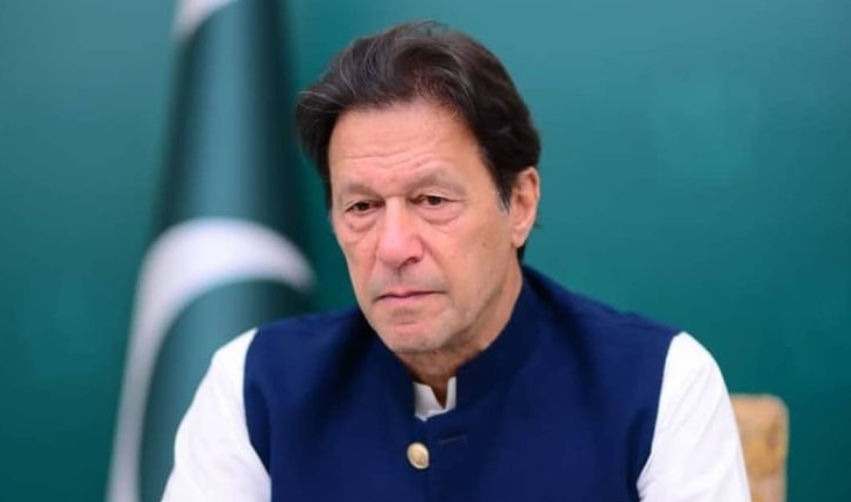When Imran Khan, one
of the greatest all-rounders cricket has ever seen and the man who led Pakistan
to World Cup glory, founded his own political party, the Tehreek-e-Insaaf in 1996,
many political observers had written it off in terms of electoral success. For
many years, they were proven right. Born out of a socio-political movement, the
party struggled to make electoral headway within Pakistan’s limited political
space, dominated by the military on the one hand and the Sharif-Bhutto’s on the
other.
Humble
beginnings
In the first
elections PTI contested, riding on Imran Khan’s superstardom, the party got just
around 1% of the vote. The next election could only put Imran Khan in the Pakistan’s
National Assembly. In 2008, PTI boycotted the general elections, a decision
that would almost immediately go on to bear fruit for Imran Khan. Railing
against a corrupt and inefficient political order, nearly 150,000 people joined
the party that year.
Also Read | Why is Zakir Naik’s Islamic Research Foundation (IRF) banned for 5 years?
It was not until
2013 when Imran Khan’s party became a force to reckon with in Pakistan
politics. The party became increasingly wed to the cause of an Islamic welfare
state, celebrated the cause of Islamic democracy and had a firm stand on minority
rights which was often in conflict with that of Pakistan’s conservative Muslim
leadership.
A near-meteoric
rise
The 2018 elections
saw PTI emerge as a gamechanger in Pakistan politics. After spending two decades
on the margins, Khan’s party won 155 seats out of 342 seats in the Pakistan
National Assembly, emerging as the single-largest party. Having stitched together
a ragtag coalition, Imran Khan took over as the Prime Minister of Pakistan.
Also Read | Imran Khan faces no-trust vote: How does no-confidence motion work in Pakistan
With the reins of
government in its control, Tehreek-e-Insaaf focussed on reducing Pakistan’s
debt burden and sought to introduce a uniform education system. One of Imran
Khan’s major attempts, and perhaps what proved to be his Achilles’ heel, was to
reduce dependence on the United States, on both financial and security matters.
With increasing
polarisation in South Asia’s geopolitics, Pakistan found itself driven closer
to China. Meanwhile, Imran Khan, once deemed to be extremely close to Pakistan’s
military establishment found himself at odds with it. While the opposition
parties have of course led the process of his potential ouster, it hasn’t
entirely been without the military’s support.
An imminent
great fall
The last few weeks
have not been great for Imran Khan at all. He ended up landing in Russia the
same day President Vladimir Putin announced a “special military operation” in
Ukraine which the West deems an invasion. At home, opposition members get
gaining in numbers.
On Monday (March
28, 2022), opposition members were able to table a no-confidence motion in the
Pakistan National Assembly (lower house). Media reports indicate that the opposition
may just have enough numbers to affect an ouster.
What happens after?
Khan’s chances to
survive the no-trust vote look bleak at the moment. His two major coalition
partners, Muttahida Quami Movement- Pakistan and the Balochistan Awami Party
have walked out of the coalition, and the opposition looks geared to score the
numbers needed.
All that opposition
members need to do is to show that they can come together with the support of
172 MPs. Khan, who has blamed Nawaz Sharif, as the “man sitting in London” for
causing this instability, needs to ensure that these numbers are not met. He
was called upon all PTI members to stay absent from voting on the day of the
no-confidence motion vote, to ensure no dissident members vote against him.







